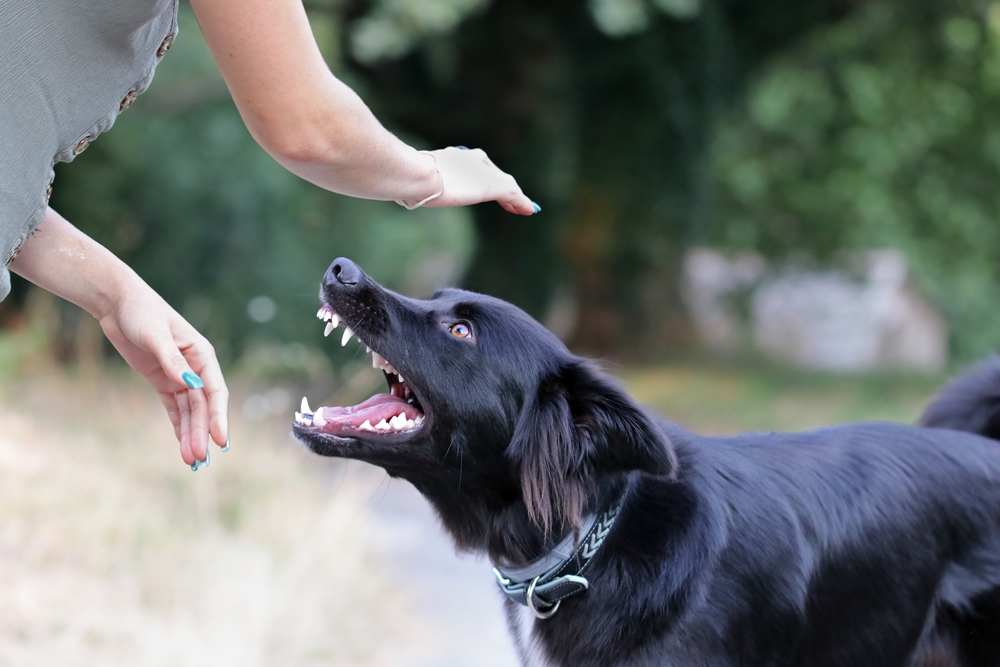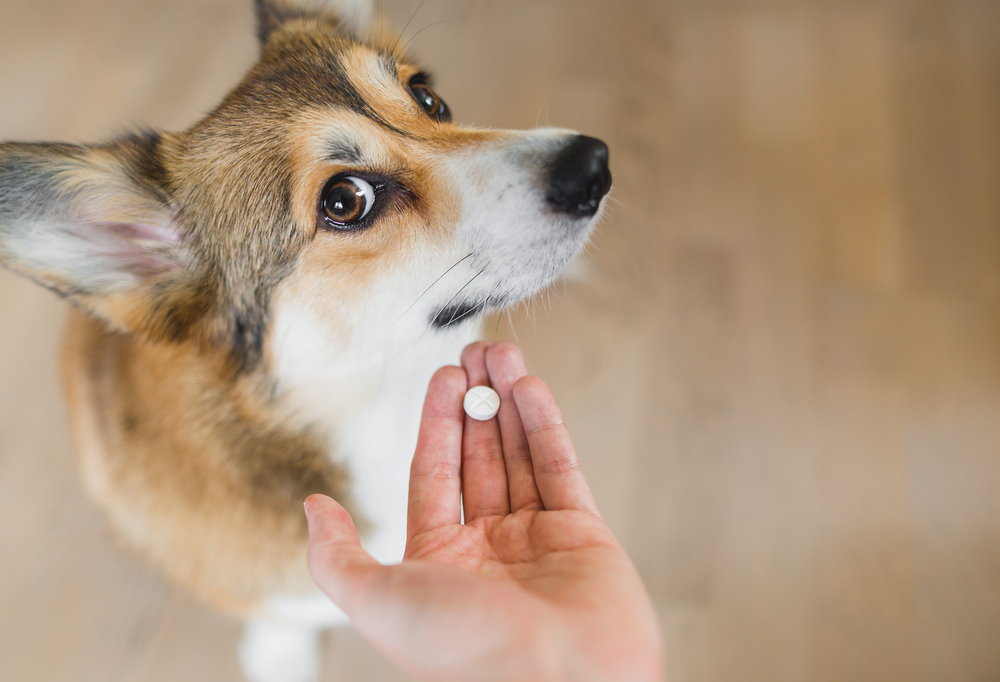Alzheimers er en frygtelig sygdom, som også kan ramme vores firbenede venner
Others are reading now
Canine Alzheimer’s is a degenerative syndrome that primarily affects older dogs.
According to PET MD, the condition shares many symptoms with human Alzheimer’s, which is why it’s often referred to as canine Alzheimer’s.
Additionally, Dog Advertiser suggests that the disease may have a genetic component, while PET MD emphasizes that an accumulation of abnormal proteins and bacterial plaque in the brain—damaging the nerves—is also a contributing factor.
Also read
Symptoms: Behavior

When you observe your dog, subtle changes in behavior might be one of the first signs of the disease.
This can appear as reduced energy or a sudden shift in its usual routines.
By keeping an eye on these small signals, you might catch early symptoms before they progress.
It’s important to note any unusual behavior and seek advice if you become concerned.
Symptoms: Disorientation

Your dog may start to lose its ability to navigate familiar surroundings.
It might suddenly get lost or seem confused even at home.
Such signs of disorientation often indicate cognitive confusion, so it’s important to take them seriously and consider a veterinary examination.
Symptoms: Changes in Nighttime Habits

Alterations in your dog’s nighttime routine can be a warning sign that something is amiss.
You might notice it waking up more frequently or struggling to settle down at night.
These sudden changes could indicate an underlying shift in its health—trust your intuition and be alert if the pattern persists.
Symptoms: Appetite

Fluctuations in appetite are often a clear signal that your dog isn’t feeling well.
A sudden loss of interest in food, or conversely, a marked increase in consumption, could be problematic.
Monitor these extremes and consult your veterinarian if the changes continue.
Symptoms: Forgetfulness

Even a dog that’s usually well-trained can begin to show signs of forgetfulness.
It may start to lose its regular habits, such as where it usually relieves itself.
This type of forgetfulness can be an early indicator of cognitive decline, so it’s essential to observe these changes closely.
Symptoms: Apathy

A noticeable drop in energy and interest in daily activities can be a sign of apathy.
A once energetic and lively dog may now seem tired and disengaged, struggling with tasks it used to handle with ease.
This behavioral shift should be regarded as a warning sign.
Symptoms: Reduced Attention

If your dog seems unresponsive to its surroundings and appears distracted—often staring blankly—this lack of attention might signal an underlying problem.
In such cases, it’s advisable to contact your veterinarian as soon as possible.
Symptoms: Memory Loss

Memory loss is one of the most common symptoms in dogs suffering from this condition.
Your dog might struggle to remember its daily routines or recognize familiar places, a pattern similar to what is seen in human Alzheimer’s.
Over time, these changes can significantly diminish its quality of life.
Symptoms: Impatience

While your dog may sometimes appear contemplative, a pronounced display of impatience can be alarming.
It might become more anxious or even aggressive, deviating from its normally calm demeanor.
Such shifts in temperament and responsiveness can indicate that its mental state is deteriorating.
If this behavior continues, consider consulting your veterinarian.
Diagnosis

Specialist Hindy Pearson emphasizes that there isn’t a single test to diagnose the disease.
Instead, a series of tests is used to rule out other conditions.
This diagnostic challenge requires veterinarians to be particularly attentive to subtle signs and to use a combination of assessments to reach the correct diagnosis.
If your dog is ultimately affected by this disease, there are specific treatments and routines that can help improve its quality of life. Let’s take a closer look at these options.
Treatment: Physical Activity

Regular physical activity is crucial, as any form of exercise that stimulates the brain can help slow or control the progression of the disease.
Incorporating regular exercise provides both physical and mental stimulation, while a balanced and varied routine can boost cognitive function.
It’s a good idea to find activities that are both enjoyable and challenging for your dog.
Treatment: Cognitive Stimulation

Cognitive stimulation plays a central role in managing the disease, and patience is equally important.
It’s essential to understand that you cannot force your dog to perform tasks if it’s not ready.
Instead, create a calm and supportive environment where your dog can gradually adapt to new challenges.
Respecting its pace will lead to the best results in cognitive training.
Treatment: Nutrition

A well-balanced diet can help manage the disease and support brain function.
Daily Treat recommends prioritizing foods rich in antioxidants and Omega-3 fatty acids, as these nutrients help fight inflammation and protect nerve cells.
Choosing a diet that promotes both physical and mental health is key.
Treatment: Love and Care

During this challenging time, your dog needs extra love and attention.
It’s important to show patience and continue providing reassurance—even if your dog no longer recognizes you.
Offering unconditional love can help your dog feel safe and cherished, which is crucial for maintaining its quality of life.
Treatment: Medication

Medication can be an important component of treatment, especially for managing behavioral changes and other symptoms.
Various medications may help slow the disease’s progression, but it’s essential that any medication regimen is strictly recommended by a veterinarian.
Professional guidance ensures that your dog receives the most appropriate treatment.


